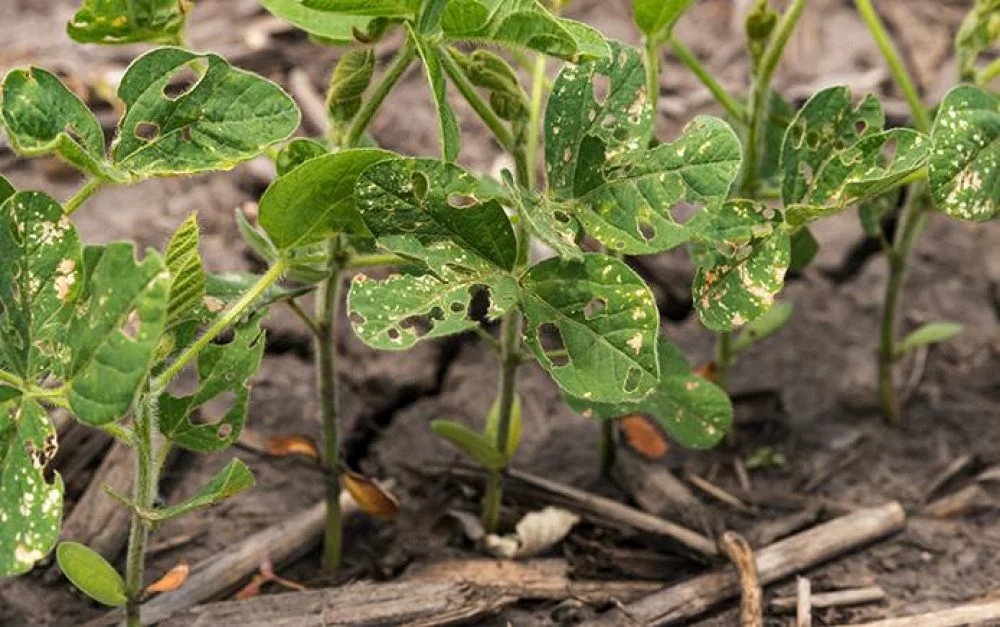Climate change is reshaping the dynamics of agricultural pest management in profound ways, posing significant challenges to food security, farmer livelihoods, and the sustainability of agricultural practices. Rising temperatures, altered precipitation patterns, and increased frequency of extreme weather events are influencing the distribution, behavior, and population dynamics of pests, complicating pest management strategies.
Shifts in Pest Distribution and Prevalence
- Expanded Geographic Ranges: Warmer temperatures and changing precipitation patterns are enabling some pests to expand their geographic ranges into new areas. For example, pests that were once limited by colder winters in temperate regions may now survive and thrive in areas previously inhospitable to them.
- Altered Life Cycles: Changes in temperature and precipitation can affect the life cycles of pests, potentially leading to more generations per year. This can increase pest pressure on crops, as more cycles mean more opportunities for damage.
Impacts on Pest Management Strategies
- Increased Pest Pressure: In some regions, climate change may lead to increased pest pressure due to favorable conditions for pest proliferation. This necessitates more intensive pest management practices, which can increase costs for farmers and potentially lead to greater use of chemical pesticides.
- Disruption of Biological Control: Climate change can disrupt the delicate balance between pests and their natural enemies (like predators or parasites), potentially leading to outbreaks of pests that were previously kept in check by biological control agents.
- Changes in Pest-Crop Interactions: Altered climatic conditions can change the susceptibility of crops to pests. Stress from drought or other climate-related factors might make crops more vulnerable to pest damage.
Challenges for Farmers and Agricultural Systems
- Adaptation of Management Practices: Farmers need to adapt pest management strategies to account for changing pest dynamics. This might involve adopting new pest monitoring techniques, using more resilient crop varieties, or adjusting the timing of pest control measures.
- Increased Uncertainty: Climate change introduces more uncertainty into pest management, making it harder to predict pest outbreaks and plan control measures effectively.
- Potential for Increased Chemical Use: In response to increased pest pressure, farmers might resort to more chemical pesticides, which can have environmental and health implications.
Opportunities for Innovation and Adaptation
- Integrated Pest Management (IPM): Emphasizing IPM strategies that combine biological, cultural, physical, and chemical tools can help manage pests effectively in a changing climate. IPM approaches are adaptable and can incorporate new information on pest dynamics under climate change.
- Use of Technology: Advances in technology, such as precision agriculture and predictive modeling, can help farmers anticipate and manage pest issues more effectively under changing climatic conditions.
- Research and Extension: Continuous research and extension efforts are crucial to develop and disseminate effective pest management strategies tailored to changing climate conditions.
Conclusion
The impact of climate change on agricultural pest management is significant and multifaceted. Effective management will require adaptive strategies that account for shifting pest dynamics, potentially leveraging integrated pest management approaches and technological innovations. Addressing these challenges is key to ensuring food security and the sustainability of agricultural systems in the face of climate change.
Summary
- Climate change affects pest distribution, behavior, and population dynamics.
- Adaptive pest management strategies are necessary to cope with increased pest pressure and uncertainty.
- Integrated pest management and technological innovations offer pathways to effective pest control under changing climatic conditions.

